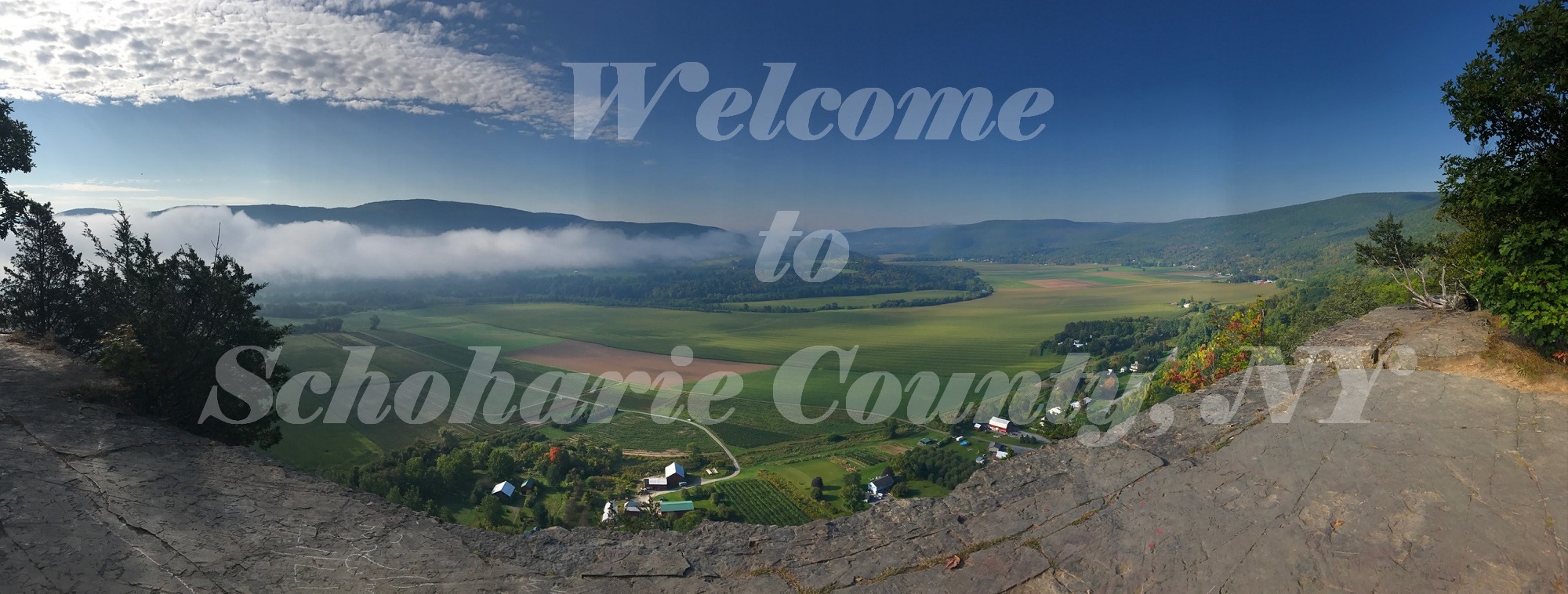Phone: 518-295-7341
Town of Schoharie History:
The town of Schoharie was formed as a district in 1772 and organized as a town in 1788. Just a few years later in 1797, the towns of Sharon, Cobleskill, Middleburgh and Blenheim were taken off. Esperance and Wright were removed in 1846. A part of Middleburgh was re-annexed in 1798 and part of Esperance in 1850.

The first exploration by Europeans was in 1711 and 1712. The first settlements were made in 1713 by a colony of German Palatines who had previously settled in the Hudson Valley. Brunnen Dorf was settled near the site of the court house in the village of Schoharie. About a mile north of the village center stands the Old Stone Fort Museum, earlier know as the Lower Fort, one of three forts in the Schoharie Valley during the American Revolution. The building was originally built as the High Dutch Reformed Church in 1772 but, as hostilities between the colonies and Britain increased, the safety of the people became more uncertain.
In the fall of 1777, small blockhouses were built into the southeast and northwest corners of a half-acre stockade built around the church. With this fort, the inhabitants of the surrounding country found safety from the invading forces.

The Town of Schoharie features many other sites of historical significance including the 1743 Palatine House, the 1770 George Mann Tory Tavern, the 1795 Lasell Hall, and the 1870 Court House on Main Street in the village of Schoharie. Other points of interest include the Easter Egg Exhibit, the Train Car Museum/Depot Lane Complex, and the home of George Westinghouse just off Route 7 in Central Bridge.
Like much of Schoharie County, the limestone bedrock offers numerous caves. Ball’s cave was named after Johannes Ball, Chairman of the Committee of Safety during the Revolution. This cave is located four miles east of the village of Schoharie and is said to have been used as a meeting place during the Revolution.
